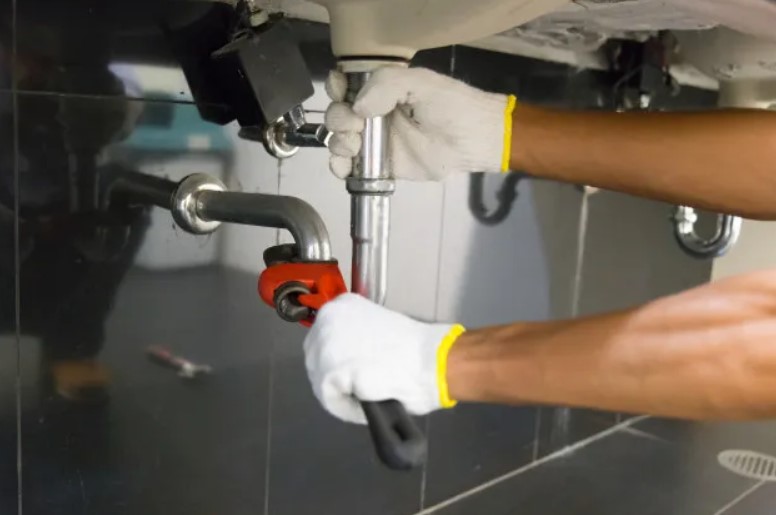How to fix sink leaking from below
How to fix a leaky sink from underneath?
Leaks under the sink can cause a lot of damage, but are usually fairly easy to locate and repair. The water that is damaging the cabinet or the floor could come from the drain pipes, supply pipes, or even from the tap itself. The source is usually noticeable as soon as you crawl under the sink with a torch. Repair often involves simply tightening a connection, but just as often it can be more complicated.
Assess the problem
Your first indication of a leak is often a closet or floor soaked in water, or it can be a pool of standing water. If the leak comes from a pressurized water pipe, the spray will probably be immediately evident. If the leak is coming from a drain line, however, you may not notice it until you use the sink. Also, if the problem is a faulty seal around the sink drain, it may be necessary to fill the sink and let the water jam before the leak becomes evident. In most cases, but not always, the leak is just above the humidity or stagnant water.

Repair of leaks in water supply
The water in the tap’s supply pipes is under pressure. So it tends to actively spray or drip from loose connections or faulty pipes. A common source of drips is shut-off valves with compression fittings which are not as tight as they should be. The best way to tighten them is to hold the valve with one wrench while turning the compression nut with another. Also, problematic are the leaks coming from the faucet connections, which are difficult to tighten. Because they are located in tight spaces behind the sink. They are best tightened, not with a wrench, but with an adjustable or lockable pliers.
Correction of drainage leaks
Leaks from a P trap can be the result of loose connections, a blockage in the drain pipes or, in the case of a metal trap, corrosion. If the trap leaks after tightening all the compression nuts, it is prudent to remove and clean it. At the same time, clean the drain line with an auger if blockage is suspected. You can usually hand tighten the compression nuts on plastic P-traps, but you usually need a metal trap clamp. If the nuts on a metal trap are difficult to turn, they may be corroded. It is probably time to replace the trap.
Correction of other losses
If you cannot identify the source of the leak, it is correct to suspect the sink drain, which leaks only when the sink is full of water or the tap. If it’s the leaking sink drain, unscrewing it and repacking it with plumbing putty will usually fix the problem. Although, you usually notice leaks from the faucet above the sink. Sometimes the water can run down the back of the faucet and drip under the sink without being visible. The procedure for fixing a leaking faucet depends on the type of faucet you have. It usually involves disassembling and replacing one or two gaskets or washers.
Southampton Plumber can repair any type of sink including: stainless steel sink, farmhouse sink, countertop sink, pedestal sink, ceramic sink, kitchen sink, single bowl sink, stainless steel sink, apron sink, undermount sink and back.
Certified plumbers cover sink replacement, sink repair, kitchen sink installation, kitchen sink repair, kitchen sink faucet repair, unlocked kitchen sink or any other plumbing and services.
Call 02382280083
